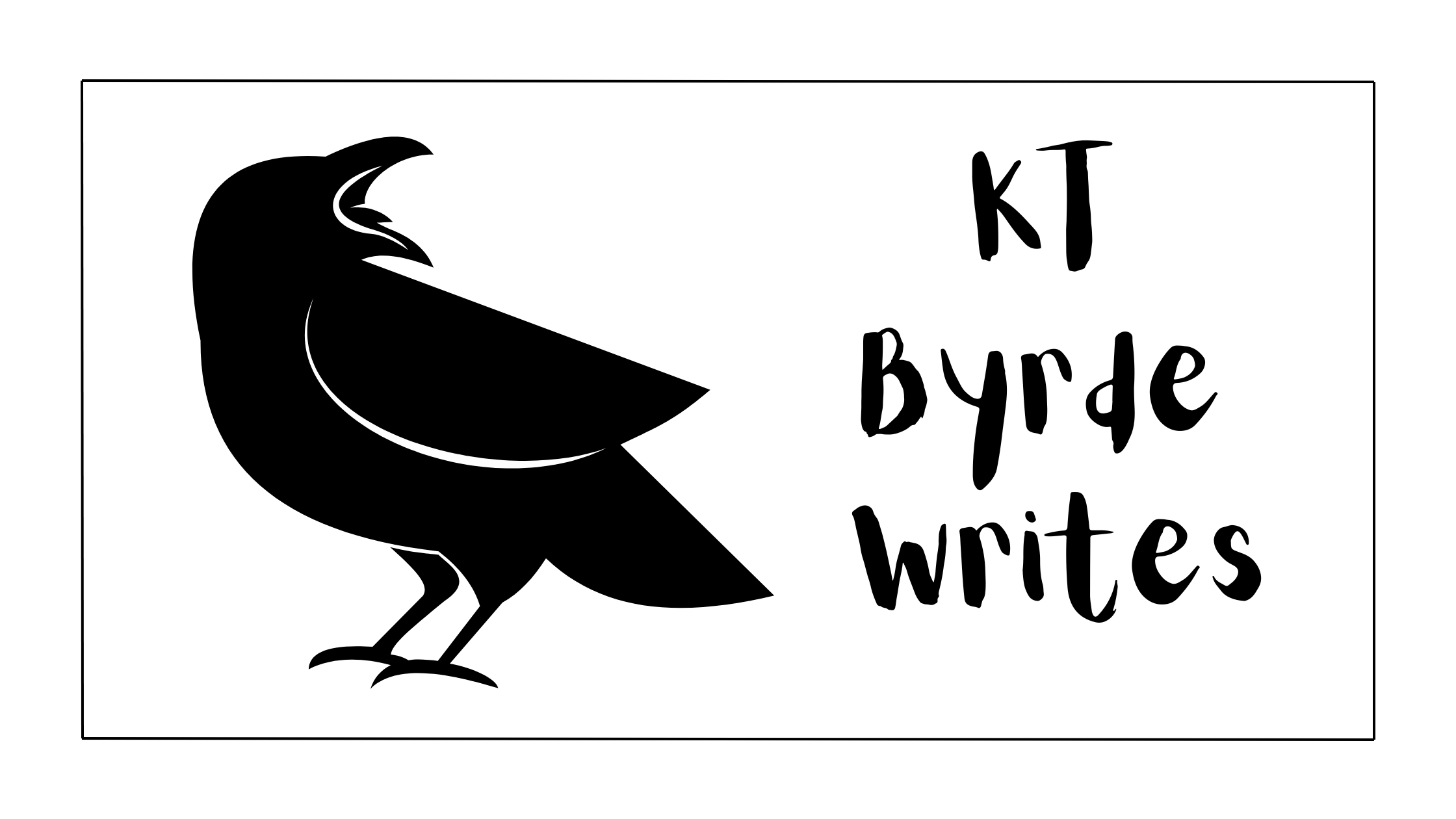Buried History Part 1: A Shooting at Blair House
On the afternoon of November 1, 1950, two men walked up to Blair House in Washington, D.C. and began what would be known as the biggest gunfight in Secret Service history.
The island of Puerto Rico was one of the Spanish empire’s many Caribbean possessions. Throughout much of the 16th, 17th, and 18th centuries, Spain reveled in the riches carted back from their overseas empire. Seemingly thinking the largesse would never end, they lived lavishly. But maintaining vast possessions required money; for ships, for soldiers, for good relationships with the Pope. But expensive wars in Europe, the end of the (legal) slave trade, exhausted natural resources, and the spirit of revolution all led to the decline of the Spanish Golden Age.
In 1898, the Spanish legislature ratified a charter signed by the Prime Minister granting Puerto Rico sovereignty. However, the next year, after a months-long war with the United States, Puerto Rico was ceded to the US as part of the Treaty of Paris. The nationalists of Puerto Rico argued that international law was on their side; Spain couldn’t be forced to give up what it no longer possessed. But nobody was listening.
The island was set up with a US military government and then Charles Herbert Allen was named as the first civilian governor. However, in 1901, Allen also became president of the American Sugar Refining Company, which would later be renamed Domingo Sugar. It was the world’s largest sugar refining company (bet you would never have guessed that from the name). Sugar refining dominated Puerto Rico’s economy and Allen now had the means to take a controlling interest in it on behalf of the company.
In 1904, US immigration service implemented regulations that classified Puerto Ricans as aliens and restricted their travel to mainland US. Isabel Gonzalez took her case to the Supreme Court who ultimately decided that Puerto Ricans had the right to freely travel to and within the United States. However, it wasn’t until 1917 that Puerto Ricans were granted US citizenship, just in time to draft their men into service for WWI.
In the 1920s, a growing independence movement coalesced into the formation of the Puerto Rico Nationalist Party. And in May 1930, Pedro Albizu Campos was elected its president. After the use of violence to maintain the US-supported colonial regime in massacres at Rio Pedras and Ponce, sentiment shifted away from electoral methods of independence and toward violent revolution.
On June 10, 1948, Governor Jesus T. Pine to signed the Ley de la Mordaza (Gag Law) which made it a crime to print, publish, sell, or exhibit anything intended to paralyze or destroy the government. It also prohibited the formation of any society, group, or assembly with destructive intent; the singing of patriotic songs; and the displaying of the Flag of Puerto Rico. On July 3, 1950, President Truman signed the Puerto Rico Federal Relations Act which gave the island the status as a “Free Associated State” and set up popular votes for governor, a bicameral legislature, a bill of rights, and executive functions similar to the States. However, the US government retained control of the money, defense, customs, and foreign treaties. Puerto Rico was still neither fully a state nor fully independent.
Starting on October 30, 1950, the Nationalist Party commenced uprisings in several cities, including Ponce, Utuado, Jayuya, and San Juan. Those in Utuado and Jayuya were suppressed with the use of planes, bombs, and 50 caliber machine guns. The uprisings were largely ineffective and resulted in 28 people dead and 49 wounded. It was barely mentioned in the mainland press.
However, in New York City, Oscar Collazo and Griselio Torresola were watching the news carefully. When it was reported that the uprising had failed, they boarded a train for Washington, prepared to risk their lives for the cause. On November 1, President Truman was on the second floor of the Blair House. The White House was undergoing renovations and he was temporarily settled at Blair. Around 2pm shooting began at the front of the house below his window. He went to look out but was pulled back by a Secret Service agent. The whole thing lasted less than a minute. White House police officer Leslie Coffelt was mortally wounded and Griselio Torresola was dead.
Collazo was arrested, convicted in federal court, and sentenced to death. His wife, Rosa, managed to get a petition together with 100,000 signatures begging for her husband’s life to be spared. President Truman commuted the sentence to life in prison and, in 1979, President Carter commuted the sentence to time served and released him. And the rest has been largely consigned to the recesses of dusty history books.
Next time on Buried History: Taking the Fight to Congress.
